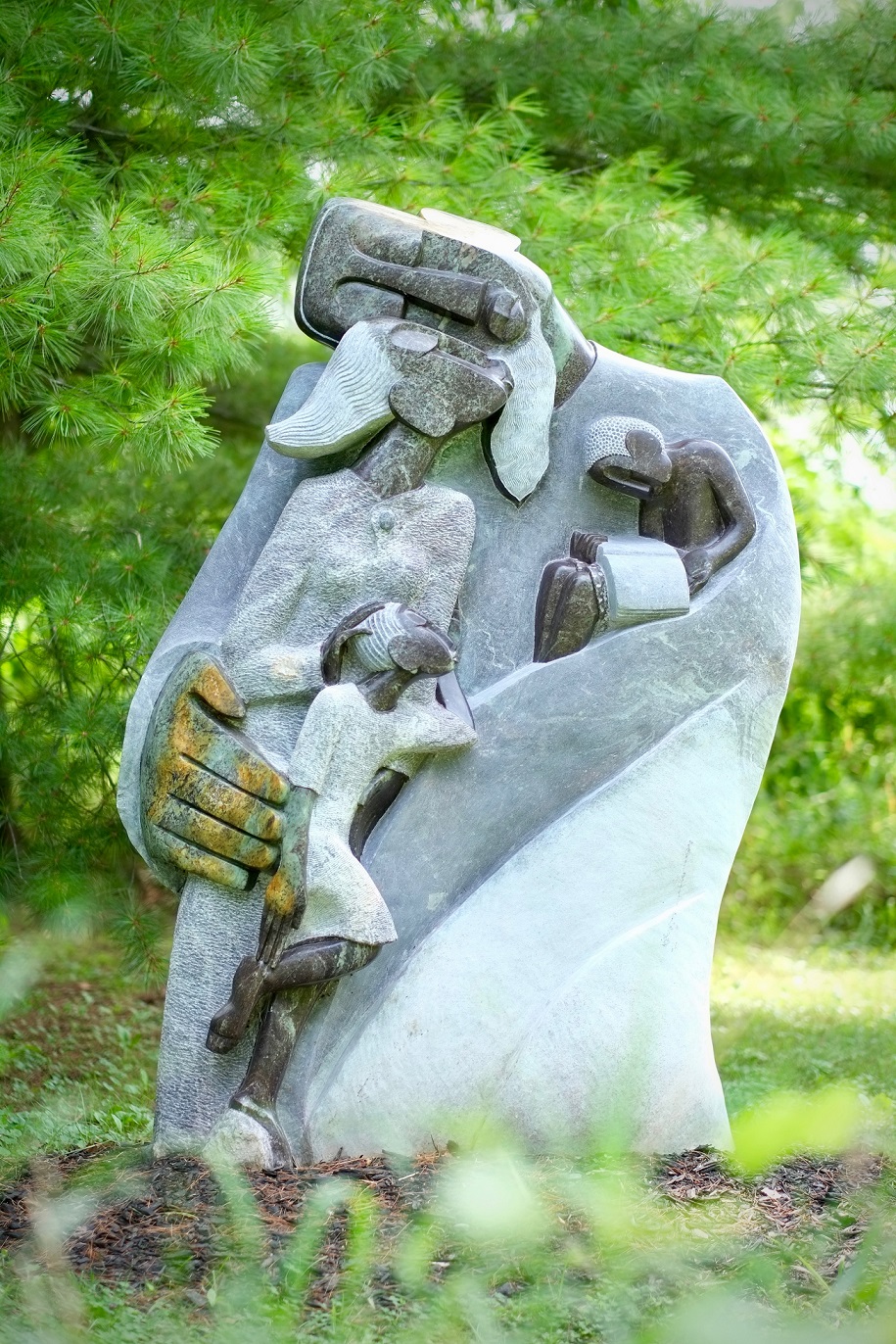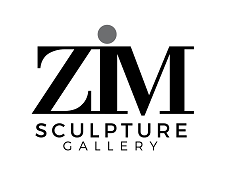
The prominent early collector of Shona Sculptures, David Attenborough, once said “the real significance of this tribal art is that it shows us, locked within our own culture, that there are other ways of being human; there are alternative visions that have their own reality". This art form has gained, and continues to gain, popularity globally, and collectors in Canada have been increasingly enhancing their collections with Zimbabwean Stone Sculptures since ZimArt Gallery commercially introduced this work in 2000.
As with other art movement, Zimbabwean sculpture’s commercial success followed critical acclaim and then market forces began to have an influence on the art. With greater global exposure comes a greater risk of commodification, and a greater risk of the movement becoming a victim of its own success.
There are now many people in Zimbabwe who have technical carving skills and who churn out work solely for economic motives, without artistic vision. And there are young sculptors who are imitating master carvers, rather than creating their own inspired originals. So repetitive and copied art ends up being sold on the market.
Many international galleries are purchasing Zimbabwean stone sculptures through wholesalers that select sculptures purely for commercial reasons, rather than for their artistic merit. Consequently, some talented artists are being given orders to mass produce work, which undermines them psychologically as artists and dampens their creativity. This unfortunate trend has also led to the use of power tools and machinery to accelerate the production process, and this becomes an even bigger issue when such works are fraudently sold as hand carved to unknowing buyers.
Additionally, there has been a recent appearance of fakes, that is, freshly sculpted imitations of works by founders of the Shona movement who are now dead. So if you are investing in work by a “first generation” artist, only purchase from a highly reputable gallery or auction house. And an independent appraisal might also be prudent.
Buying investment quality sculptures can be challenging and it is important to ensure that the works being considered are authentic. ZimSculpture Gallery owner and curator Wayne Gallimore travels to Zimbabwe and buys work directly from renowned sculptors. We only represents artists who carve and finish their work with hand tools, such as chisels, rasps and sandpaper. And each sculpture is sold with a certificate of authenticity and the artist’s biography.
